Long before Columbus sailed across the Atlantic, Norse explorers had already reached North American shores, establishing settlements and trading posts along Canada’s rugged coastlines. While the Viking settlement at L’Anse aux Meadows in Newfoundland has gained widespread recognition, numerous other Norse sites remain relatively unknown to the general public.
Here is a list of 20 fascinating Viking settlements across Canada that reveal the extensive reach of these intrepid Norse explorers, challenging our understanding of pre-Columbian contact between Europe and North America.
L’Anse aux Meadows
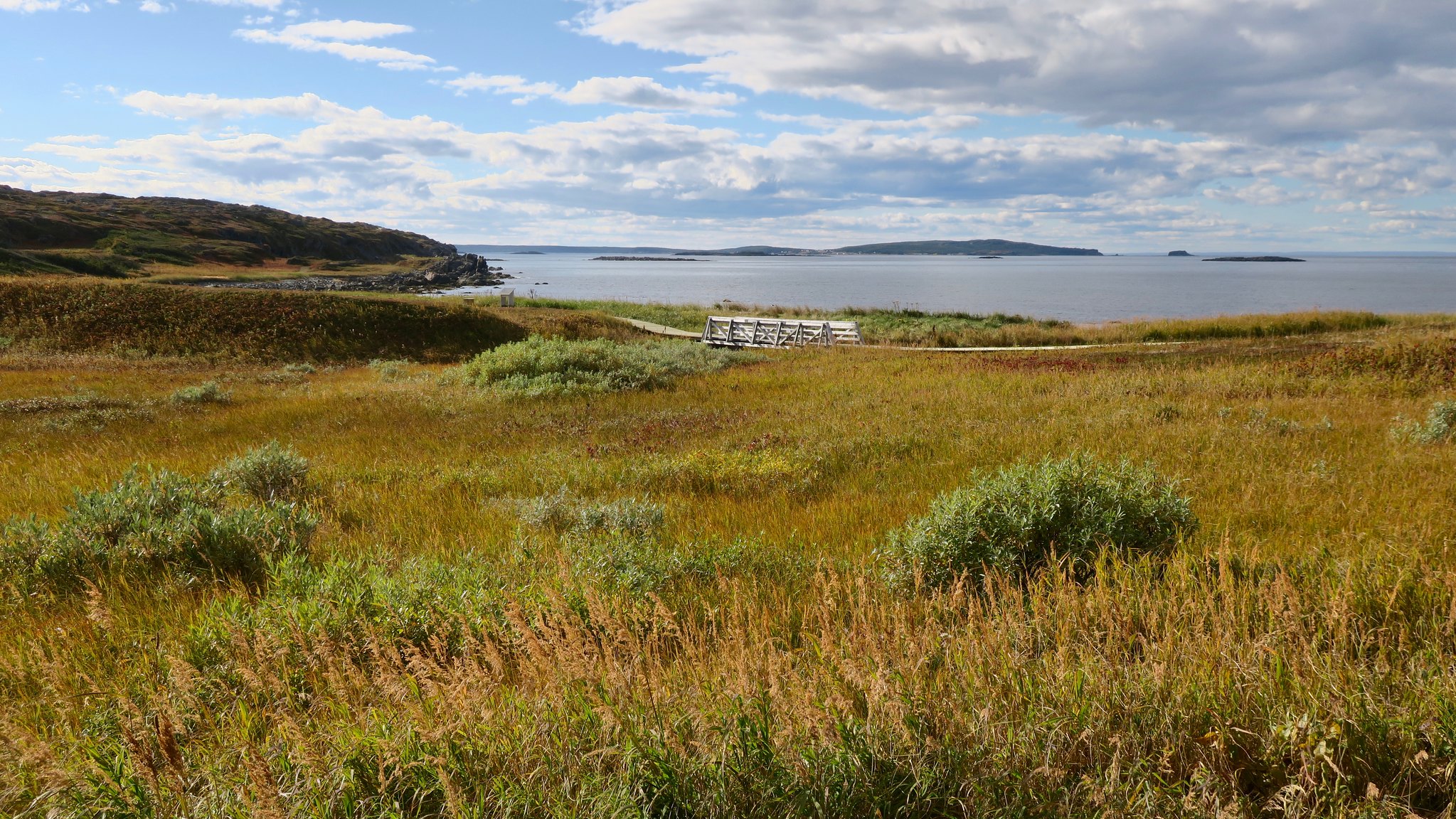
The most famous Viking settlement in North America sits at the northernmost tip of Newfoundland, featuring the remnants of eight buildings, including longhouses constructed in the distinctive Norse style with turf walls and timber frames. Archaeological evidence indicates the settlement was occupied around 1000 CE, aligning perfectly with the timeframe described in the Icelandic sagas about Leif Erikson’s voyages to Vinland.
Artifacts recovered from the site include a bronze cloak pin, iron boat rivets, and a soapstone spindle whorl that match items from confirmed Viking settlements in Greenland and Iceland.
Point Rosee

Located on Newfoundland’s southwest coast near the community of Codroy, Point Rosee emerged as a potential second confirmed Viking site following satellite imagery analysis in 2014. Initial excavations led by archaeologist Sarah Parcak revealed a stone hearth containing evidence of bog iron processing, along with a structure resembling Norse-style turf walls.
Though subsequent excavations have yielded less conclusive evidence than initially hoped, leading to ongoing scholarly debate, the site remains significant for demonstrating how advanced remote sensing technologies might reveal previously unknown Norse settlements.
Like Travel Pug’s content? Follow us on MSN.
Nanook

Situated on Baffin Island’s southern coast in the Canadian Arctic, the Nanook site has yielded compelling evidence of Norse presence dating to the early 13th century. Excavations have uncovered European chainmail, whetstones made of Norwegian schist, and building remains that incorporate both Dorset and Norse architectural elements.
Archaeologists believe the location functioned as a seasonal trading post rather than a permanent settlement, facilitating exchange between Norse Greenlanders and the indigenous Dorset people.
Willows Island
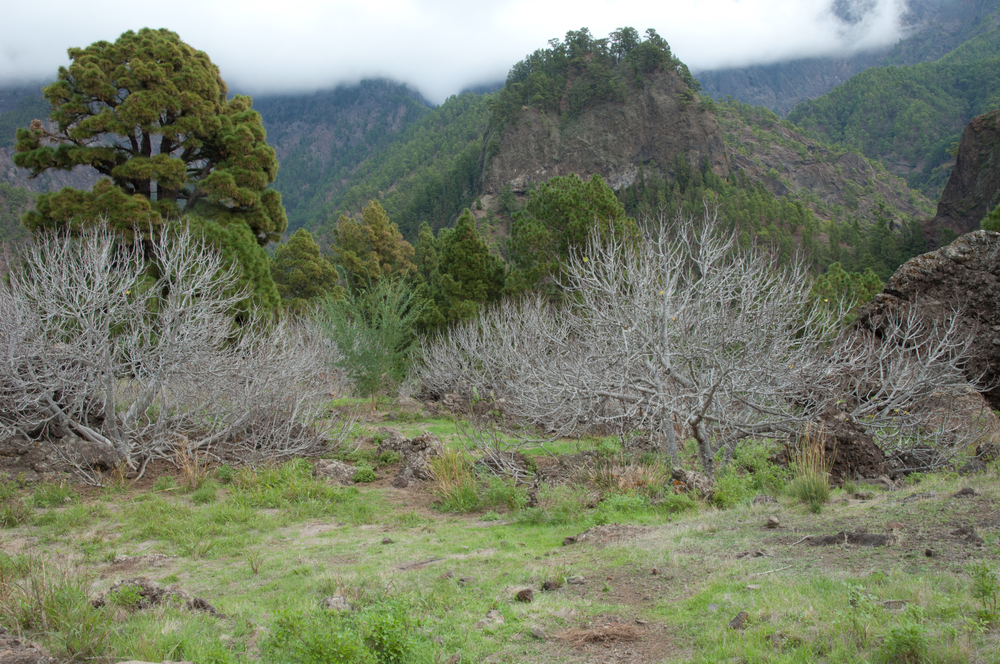
This remote site on northern Labrador’s coast features the remains of what appears to be a small Norse outpost situated strategically at the mouth of a protected natural harbor. Archaeological surveys have revealed stone structures with distinctively Norse proportions and construction techniques, along with middens containing European butchering patterns on seal and walrus bones.
The site’s location corresponds with descriptions in the Greenland Annals of a northern hunting ground called ‘Markland’ where Norse Greenlanders obtained valuable timber and furs.
Avayalik Island
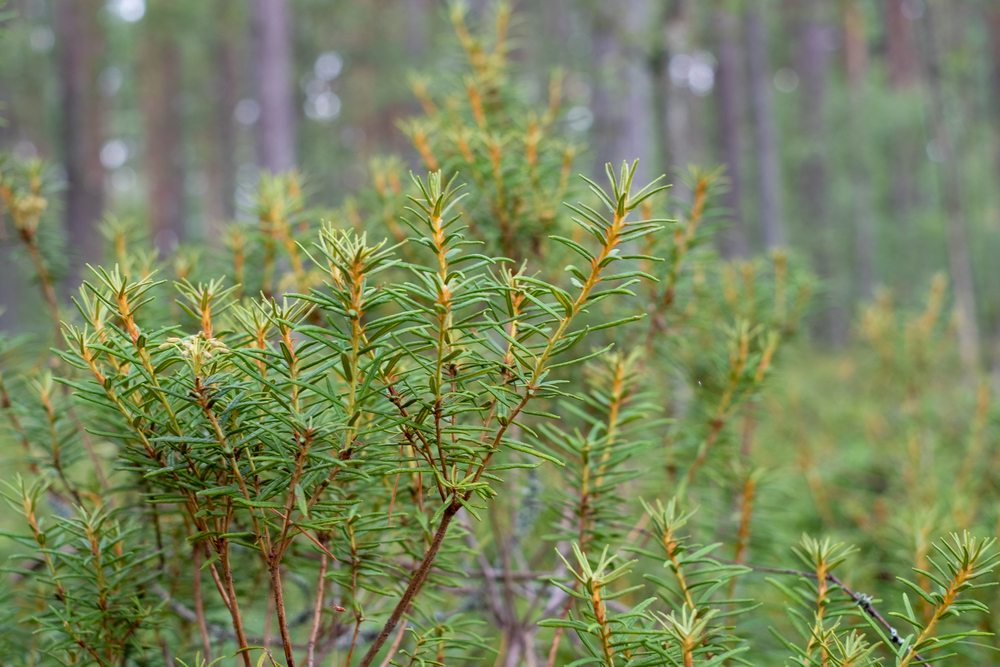
Located off northern Labrador’s coast, Avayalik Island has yielded artifacts showing potential Norse influence on indigenous Dorset and Thule technologies. Excavations have uncovered stone tools incorporating European metallurgical techniques, particularly in drilling and cutting implements that show signs of influence from Norse craftwork.
Notably, archaeologists have found whalebone objects carved using methods consistent with Norse rather than indigenous techniques, suggesting knowledge transfer between cultures.
Like Travel Pug’s content? Follow us on MSN.
Tanfield Valley

Situated on Baffin Island’s southern coast, Tanfield Valley has produced compelling evidence of Norse-indigenous interaction dating to approximately 1300 CE. Excavations led by Dr. Patricia Sutherland uncovered spun yarn made from European fur, notched wooden tally sticks consistent with Norse accounting practices, and whetstones containing traces of copper alloys not used by indigenous peoples.
The site appears to have functioned as a trading post where Norse visitors exchanged metal goods for Canadian Arctic furs, ivory, and other valuable northern resources.
Axel Heiberg Island

This remote High Arctic location contains evidence suggesting Norse exploration reached much farther north than historians previously believed possible. Stone cairns found on the island’s southeastern peninsula match the style and construction of navigational markers used by Norse sailors in Greenland and Iceland. The archaeological evidence suggests short-term expeditions rather than settlement attempts, likely focused on hunting walrus and polar bears for their valuable ivory and pelts.
Belle Isle

Positioned at the entrance to the Strait of Belle Isle separating Newfoundland from Labrador, this strategically located island contains stone structures bearing striking similarities to Norse boat houses found in Greenland and Iceland. The island’s location would have made it an ideal navigational waypoint for Norse ships traveling between established settlements in Newfoundland and more northerly hunting grounds. Artifacts recovered include iron boat nails, a fragment of worked bronze consistent with Norse craftsmanship, and a stone oil lamp showing both Norse and indigenous design elements.
Like Travel Pug’s content? Follow us on MSN.
Pamiok Island
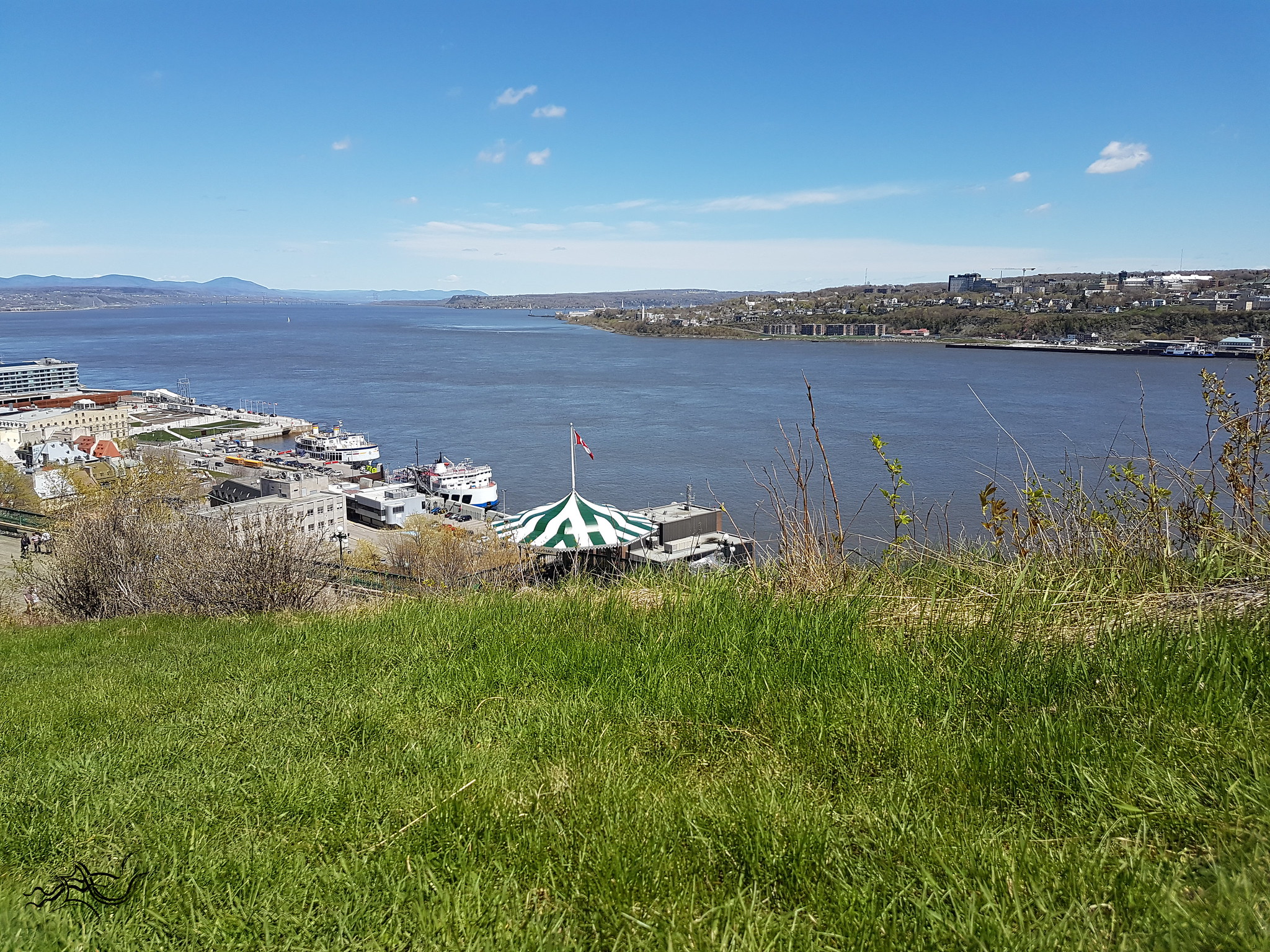
Located in Ungava Bay in northern Quebec, Pamiok Island contains the mysterious stone structures known locally as ‘Dorset longhouses’ that some archaeologists now believe show Norse architectural influence. Recovered organic materials carbon-dated to approximately 1250 CE include woven textiles showing spinning techniques unknown among indigenous populations but common in medieval Scandinavia. Intriguingly, local Inuit oral histories describe encounters with tall, bearded strangers who arrived in wooden boats, potentially preserving memories of Norse visitors.
Shuldham Island

This sheltered location off Labrador’s central coast contains archaeological remains consistent with a Norse hunting station active during the 12th century. Excavations have uncovered distinctive middens containing marine mammal bones butchered using European techniques, particularly the Norse method of extracting oil from blubber through controlled heating. The site’s location would have provided ideal conditions for processing walrus and seal products before transportation back to Greenland.
Salmon Bay
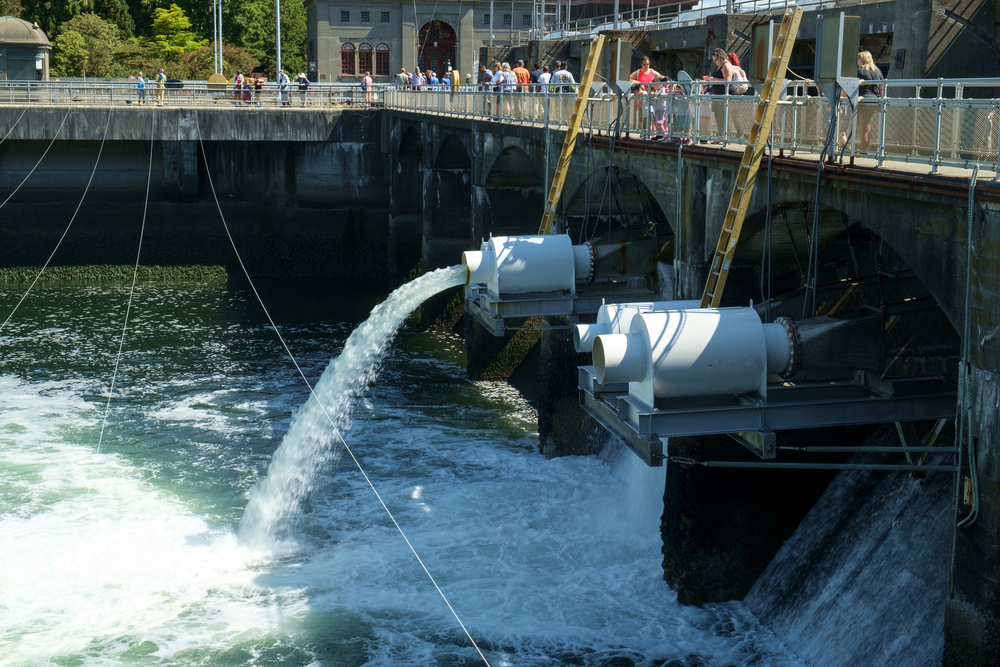
Located on Quebec’s Lower North Shore, this protected coastal area contains archaeological evidence suggesting it served as a Norse fish processing station during the 12th and 13th centuries. The bay’s rich salmon runs would have attracted Norse fishermen familiar with similar resources in their Scandinavian homeland. Artifacts recovered include fishing weights of European design, iron hooks showing Norse metallurgical techniques, and wooden floats constructed using methods documented at Norse sites in Greenland and Iceland.
Like Travel Pug’s content? Follow us on MSN.
Kingittoq
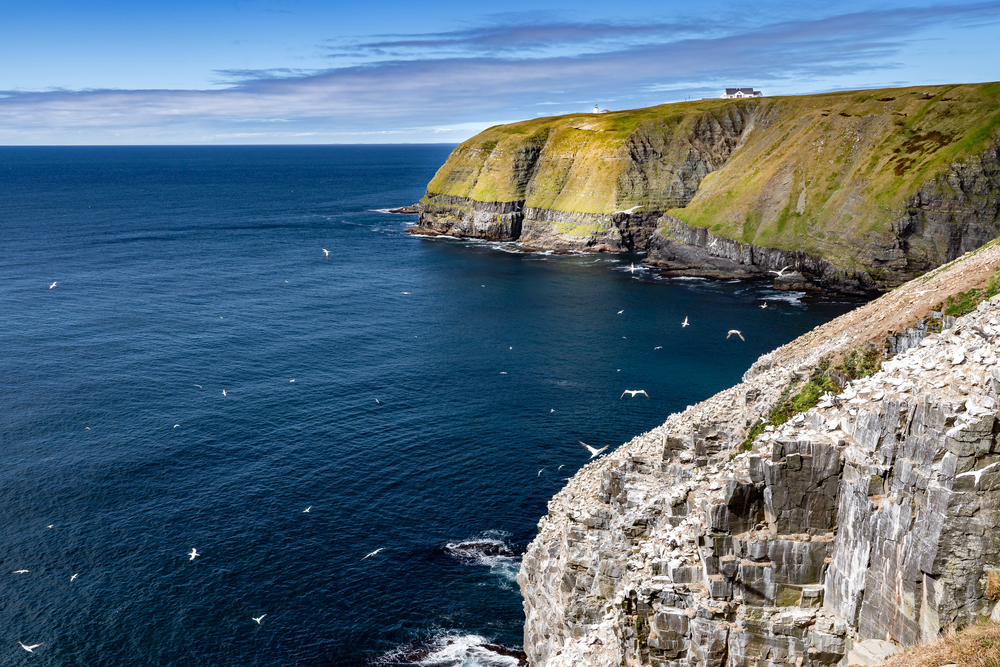
This remote site in northern Labrador contains stone cairns and structures with features consistent with Norse construction techniques from Greenland. Archaeological surveys have identified distinctive stone fox traps matching those used by Norse hunters in Greenland, along with evidence of iron tool use in woodworking not associated with indigenous technologies of the period. Carbon dating places activity at the site to approximately 1200-1300 CE, aligning with the period of most active Norse exploration beyond Greenland.
Sanikiluaq
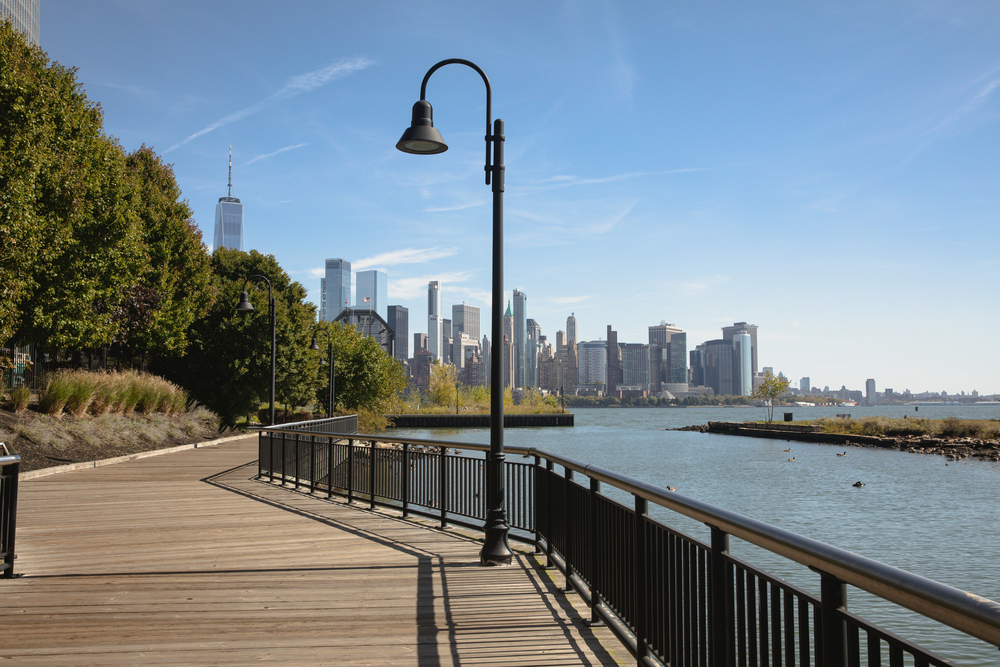
Located in the Belcher Islands in Hudson Bay, this site contains archaeological features suggesting Norse explorers ventured much further west than previously documented. Excavations have uncovered middens containing walrus remains processed using European methods, particularly the extraction of tusks using techniques documented at Norse sites in Greenland. The site’s remote location suggests Norse exploration in North America was far more extensive than historical records indicate, potentially reaching deep into Hudson Bay by the 13th century.
Notre Dame Bay
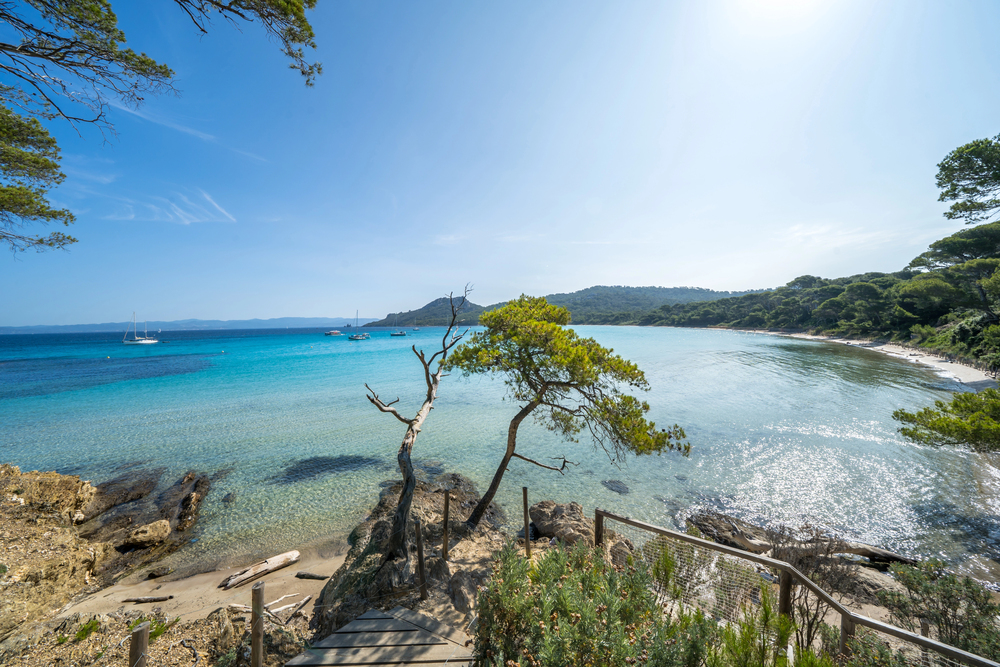
Situated on Newfoundland’s northeast coast, Notre Dame Bay contains several small islands with archaeological features suggesting Norse presence beyond the known settlement at L’Anse aux Meadows. The bay’s protected harbors and rich fishing grounds would have appealed to Norse mariners familiar with similar environments in Scandinavia. Local place names recorded by early European settlers contain linguistic elements potentially derived from Old Norse, suggesting possible cultural memory of earlier Norse presence.
Like Travel Pug’s content? Follow us on MSN.
Bloomfield Island
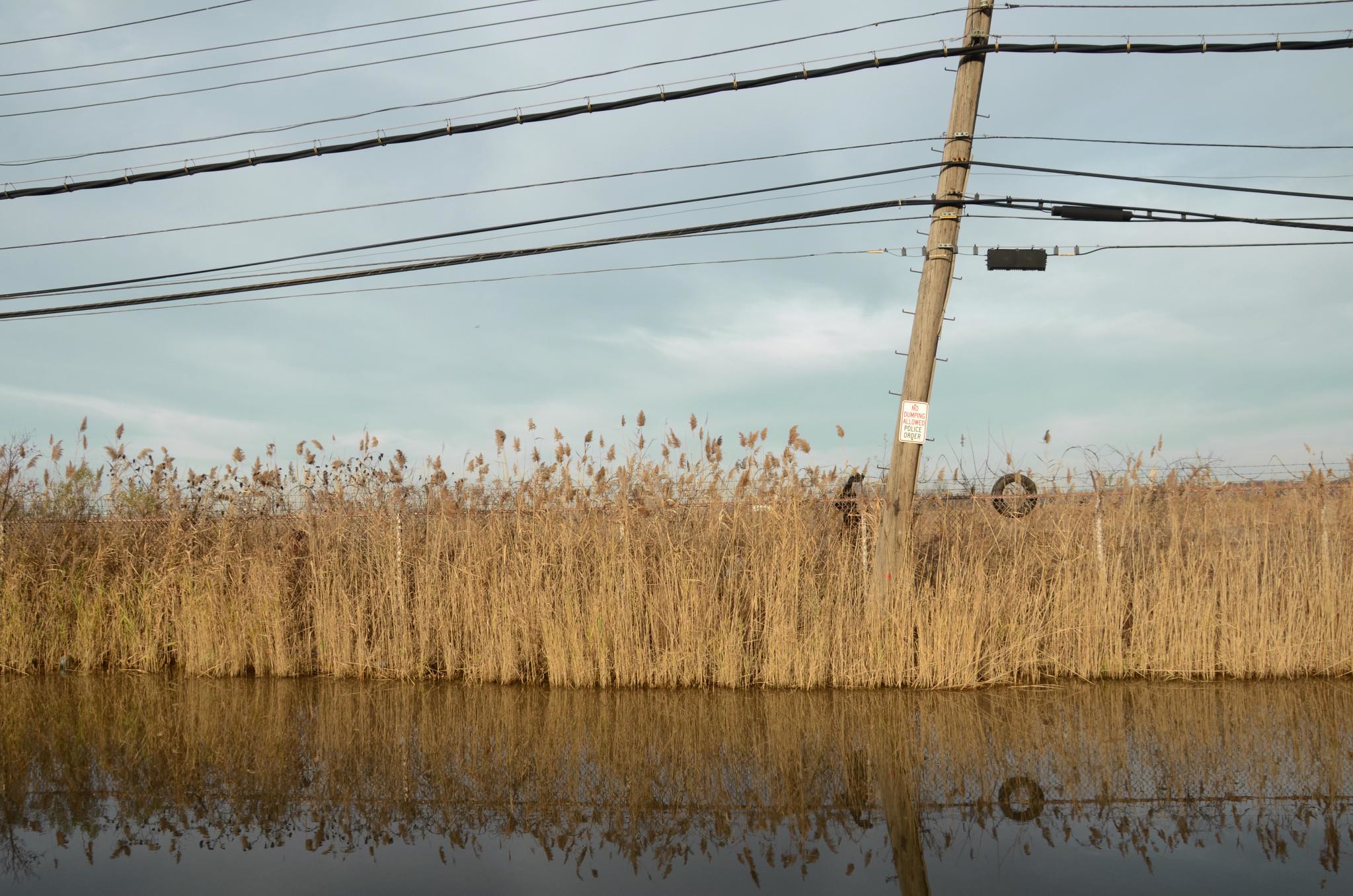
This small island in Labrador’s Groswater Bay contains stone foundations and middens suggestive of a Norse hunting outpost active during the 12th century. The island’s protected harbor and proximity to rich marine hunting grounds would have made it an ideal base for Norse hunting expeditions.
Carbon dating of organic materials places activity at the site between 1150 and 1250 CE, corresponding with the period when Norse Greenlanders actively sought new hunting territories.
Seven Islands Bay
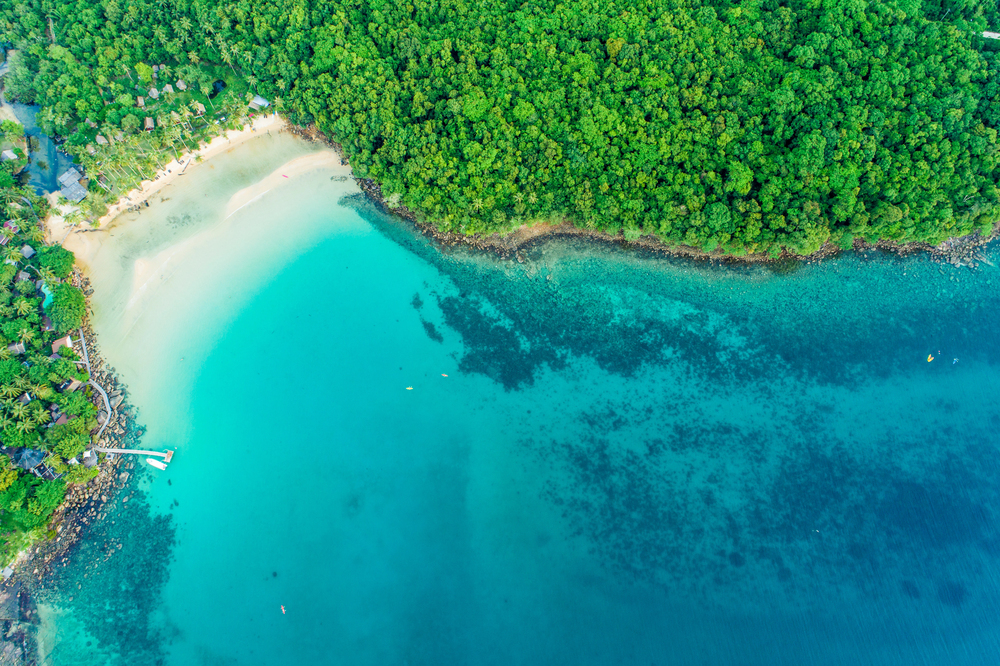
Located on Quebec’s north shore, this sheltered bay contains archaeological remains consistent with a Norse trading post that facilitated exchange between European visitors and indigenous peoples. Recovered materials include fragments of woven textiles showing Norse production techniques, copper alloy objects consistent with Norse metallurgy, and indigenous tools made with European iron.
The archaeological evidence suggests the location functioned as a multicultural trading site where Norse and indigenous peoples engaged in regular exchange.
Hamilton Inlet
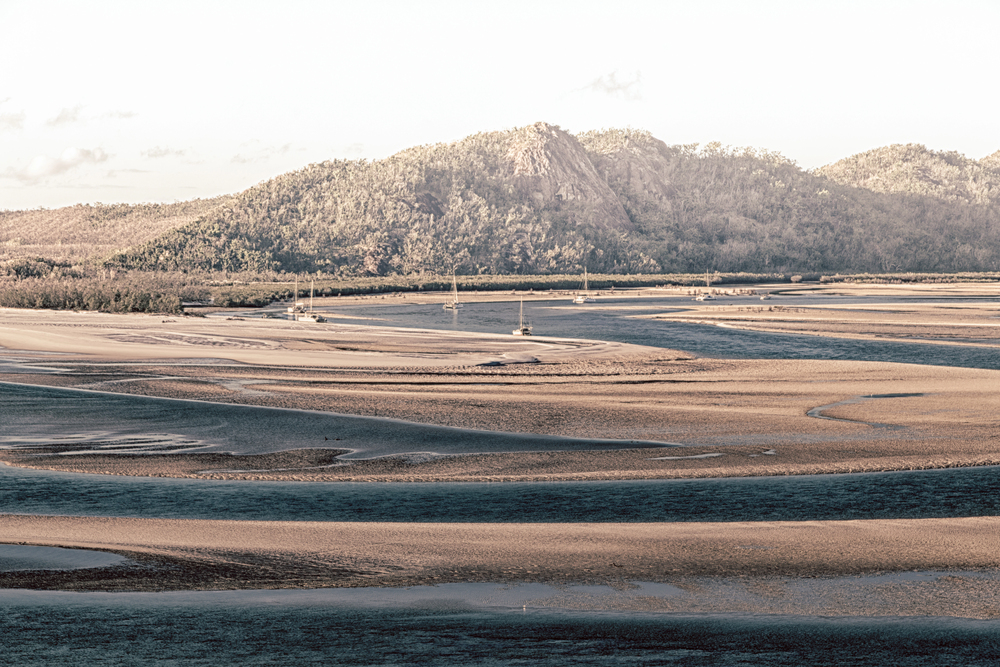
This major waterway in central Labrador contains several sites with archaeological evidence suggesting Norse presence during the medieval period. The inlet’s rich marine resources and access to interior fur-trading routes would have made it strategically valuable to Norse explorers.
Carbon dating places activity at these locations between 1200 and 1350 CE, suggesting Norse presence in the region continued well into the 14th century.
Like Travel Pug’s content? Follow us on MSN.
Frobisher Bay
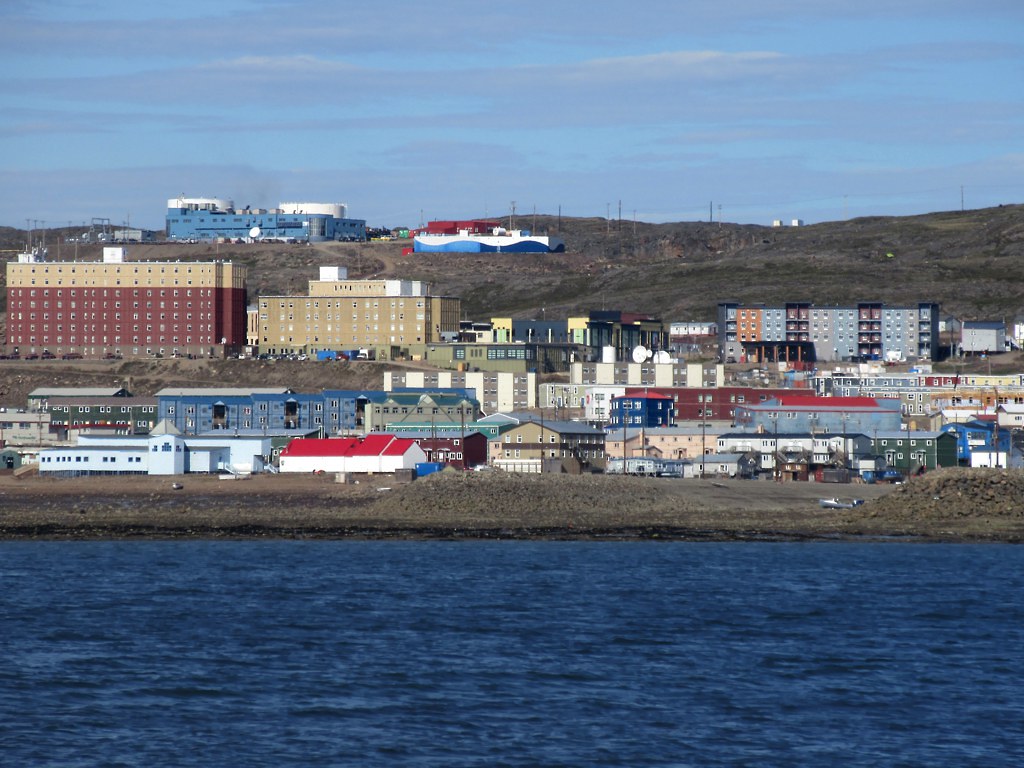
Located on southern Baffin Island, Frobisher Bay contains archaeological sites with evidence suggesting Norse visitors reached this far northern region during the 13th century. Recovered materials include fragments of iron implements showing Norse metallurgical techniques, whetstones made from Norwegian schist, and carved ivory objects showing a blend of Norse and indigenous artistic elements.
The archaeological evidence suggests these locations served as seasonal hunting stations rather than permanent settlements, likely visited repeatedly over several generations.
Iqaluit
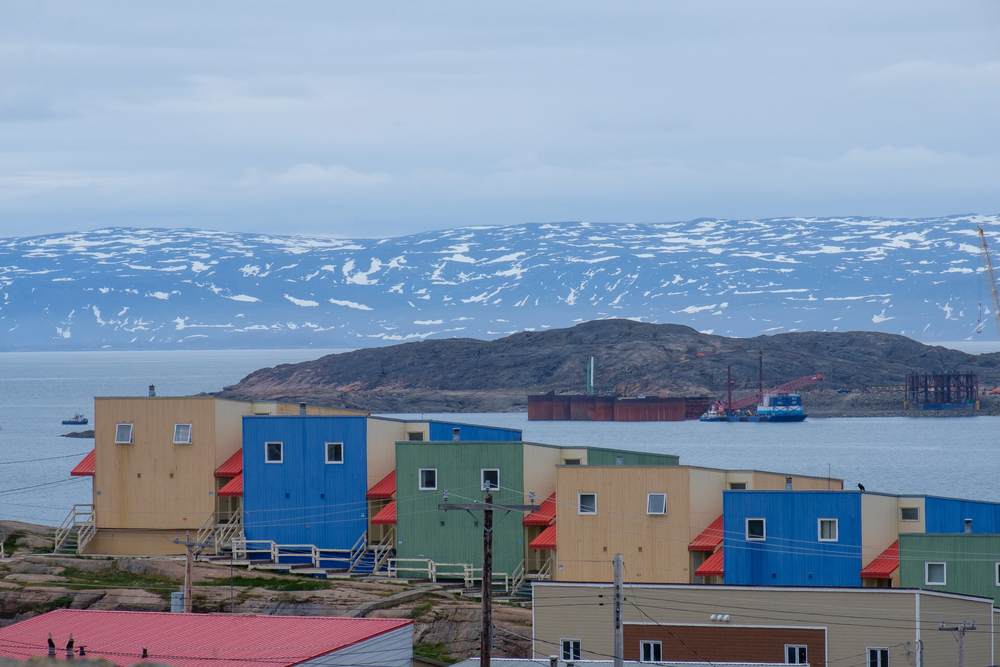
Modern Iqaluit’s surroundings contain archaeological remains suggesting the area was visited by Norse explorers during the medieval period. The location’s rich marine resources and protected harbor would have made it attractive to Norse hunters seeking valuable northern commodities.
Carbon dating places Norse activity in the area to approximately 1250-1350 CE, during the period when Greenlandic Norse actively sought new hunting territories.
Deception Bay
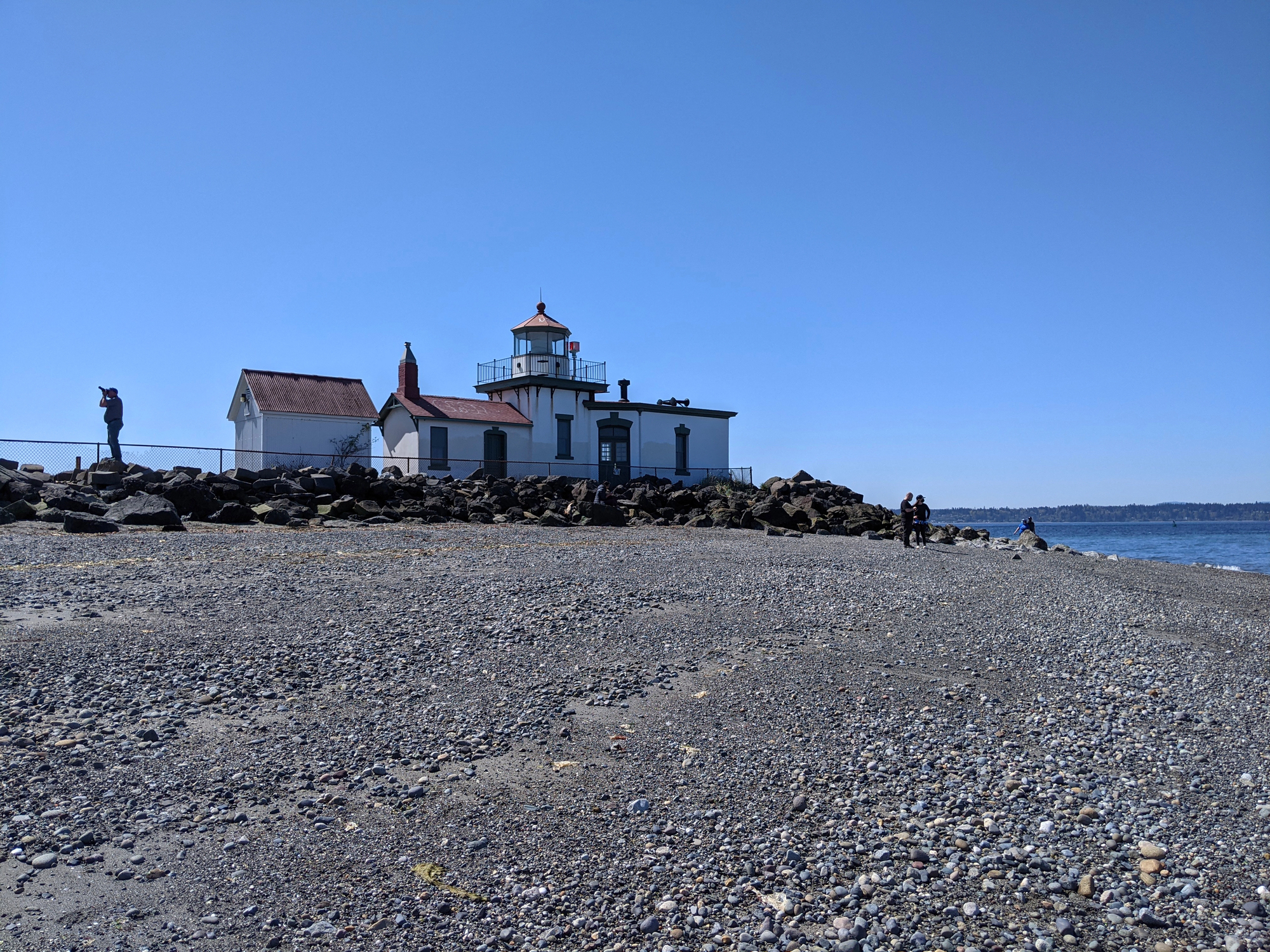
This protected bay in northern Quebec contains archaeological remains suggesting it served as a Norse hunting outpost during the 13th century. The bay’s rich marine resources and sheltered harbors would have made it an ideal base for hunting expeditions seeking valuable walrus ivory and seal products.
Carbon dating places activity at the site between 1200-1300 CE, during the period of most active Norse exploration beyond Greenland.
Like Travel Pug’s content? Follow us on MSN.
The Hidden Legacy
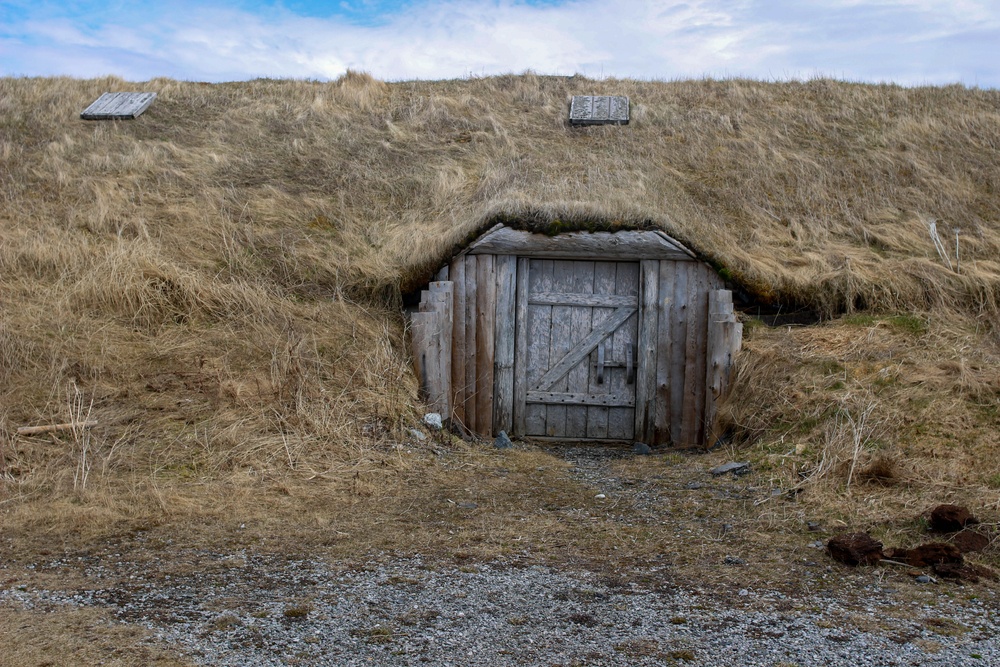
The discovery and ongoing investigation of these Norse sites across Canada rewrite our understanding of pre-Columbian contact between Europe and North America. These findings challenge the traditional Columbus-centric narrative of European discovery while highlighting the remarkable maritime capabilities of medieval Norse sailors.
As archaeological techniques advance, particularly with remote sensing technologies and DNA analysis, more sites will likely emerge, further expanding our understanding of this fascinating chapter in North American history.
ore from Travel Pug

- 20 Towns Built for One Purpose That Were Later Abandoned
- 15 Hidden Spots in Disney World’s Magic Kingdom Most Visitors Miss
- 20 Photos of the World’s Most Beautiful Glacial Lakes
- 15 Canyons in the U.S. That Are Just as Stunning as the Grand Canyon
- 10 Under-the-Radar Mountain Towns That Are Both Affordable and Beautiful
Like Travel Pug’s content? Follow us on MSN.
